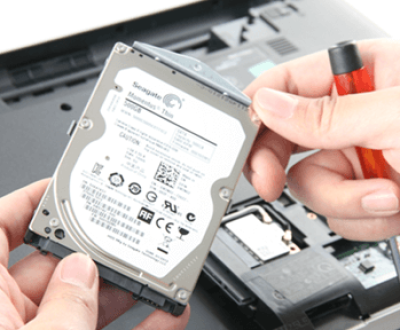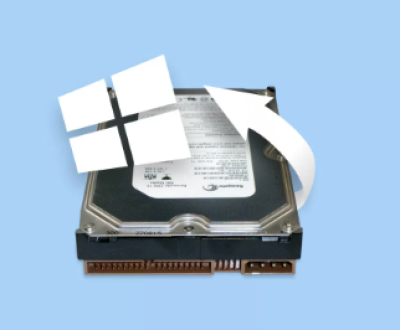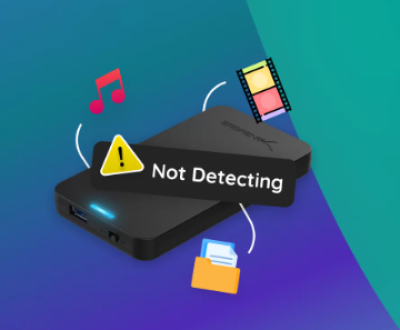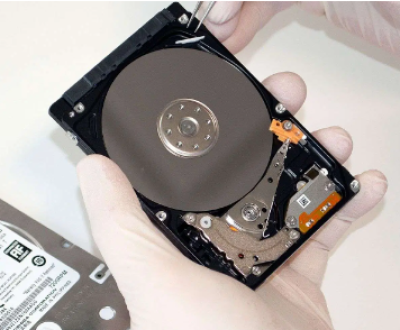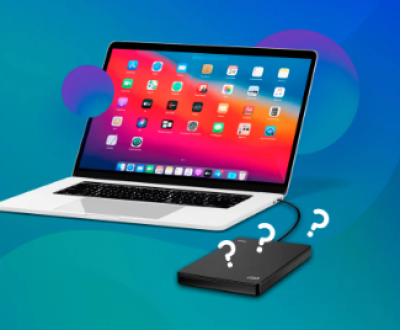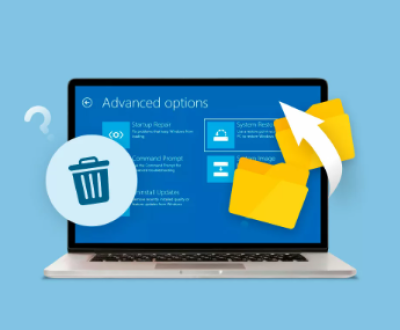USB flash drives are essential for storing and transferring data, but they are also prone to damage due to physical wear, corruption, or accidental formatting. When a USB drive becomes damaged, accessing important files can be challenging. However, there are several methods to attempt file recovery before considering the drive irreparable.
USB Drive Damage
Before attempting recovery, it’s essential to determine the type of damage. USB drives can suffer from:
Physical Damage: Broken connectors, internal component failure, or exposure to extreme conditions.
Logical Damage: Corruption, accidental formatting, file system errors, or malware infections.
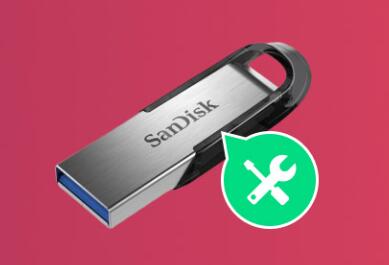
Bad Sectors: Damaged storage sectors preventing data access.
Precautions Before Recovery
To improve the chances of successful data recovery:
Stop Using the USB Drive: Avoid writing new data to prevent overwriting lost files.
Check on Another Computer: Sometimes, the issue is with the USB port, not the drive.
Inspect for Physical Damage: If the drive has visible damage, professional recovery services may be necessary.
Use a Different USB Port or Cable: Connection issues might be causing detection problems.
Method 1: Using Built-in Windows and Mac Tools
1.1 Check Disk Utility (Windows)
Connect the USB drive to your computer.
Open File Explorer and right-click on the USB drive.
Select Properties > Tools.
Click Check under the Error Checking section.
Follow the prompts to fix detected errors.
1.2 Use macOS Disk Utility
Connect the USB drive to your Mac.
Open Disk Utility (Applications > Utilities > Disk Utility).
Select the USB drive and click First Aid.
Click Run to repair the drive.
Method 2: Recover Files Using Command Prompt (Windows)
2.1 Using CHKDSK to Fix Errors
Press Win + R, type cmd, and press Enter.
Type the command:
chkdsk X: /f /r /x
(Replace X with your USB drive letter.)
Press Enter and allow the process to complete.
2.2 Using ATTRIB Command to Retrieve Hidden Files
Open Command Prompt as administrator.
Type:
attrib -h -r -s /s /d X:\*.*
Press Enter to unhide files.
Method 3: Use Data Recovery Software
Panda Assistant is a powerful and reliable data recovery tool that can help you recover files from a damaged USB drive. Whether your USB drive has suffered physical damage, corruption, or other issues, Panda Assistant utilizes advanced algorithms to scan the drive and retrieve lost or inaccessible data.
When a USB drive is damaged, it can result in various problems such as unrecognized devices, corrupted files, or even data that seems to disappear completely. In such cases, Panda Assistant can be a lifesaver. The software is designed to handle a wide range of data loss scenarios, including issues caused by formatting errors, virus attacks, or accidental deletion.
To recover files from a damaged USB drive using Panda Assistant, you simply need to connect the drive to your computer and launch the program. It will automatically detect the damaged drive and provide you with options to scan for lost files. Depending on the severity of the damage, the tool may take a few minutes or longer to complete the scan. Once the scan is finished, Panda Assistant will display a list of recoverable files, allowing you to preview and select the ones you wish to restore.
Method 4: Linux Terminal Recovery
If the USB drive is not accessible in Windows or macOS, try using Linux:
Insert the USB drive and open Terminal.
Use the following command to list drives:
lsblk
Identify the USB drive (e.g., /dev/sdb), then use ddrescue:
sudo ddrescue -d -r3 /dev/sdb recovered.img log.log
Mount the recovered image to extract files.
Method 5: Professional Data Recovery Services
If the USB drive is physically damaged or all software methods fail, consider professional services:
Ontrack Data Recovery
DriveSavers
Seagate Recovery Services
Steps to Take:
Contact a reputable data recovery service.
Describe the issue and get a quote.
Ship the USB drive for diagnosis and recovery.
Preventing Future Data Loss
To avoid future data loss, follow these best practices:
Regular Backups: Store copies of important files in cloud storage or an external hard drive.
Safely Eject USB Drives: Avoid abrupt removal to prevent corruption.
Use Reliable Antivirus Software: Prevent malware infections.
Handle USB Drives Carefully: Avoid physical damage due to improper handling.
About us and this blog
Panda Assistant is built on the latest data recovery algorithms, ensuring that no file is too damaged, too lost, or too corrupted to be recovered.
Request a free quote
We believe that data recovery shouldn’t be a daunting task. That’s why we’ve designed Panda Assistant to be as easy to use as it is powerful. With a few clicks, you can initiate a scan, preview recoverable files, and restore your data all within a matter of minutes.
Subscribe to our newsletter!
More from our blog
See all postsRecent Posts
- How to recover data from portable hard drive 2025-07-10
- How to recover data from a broken hard drive 2025-07-10
- How do i recover files from a formatted hard drive 2025-07-10

 Try lt Free
Try lt Free Recovery success rate of up to
Recovery success rate of up to

